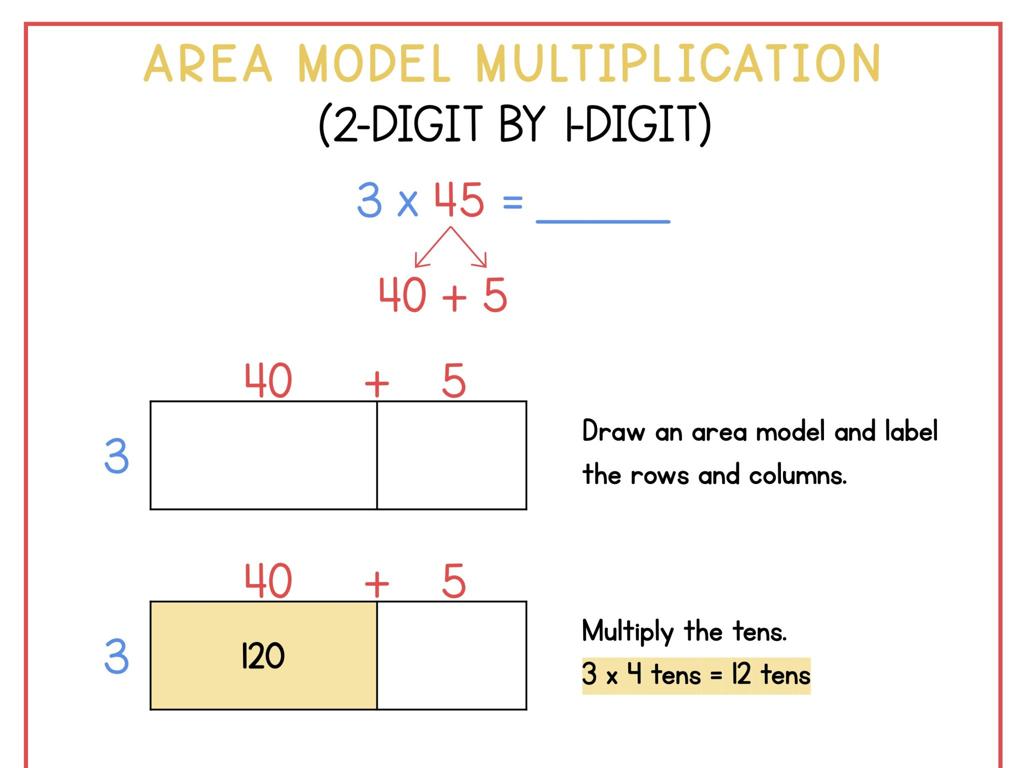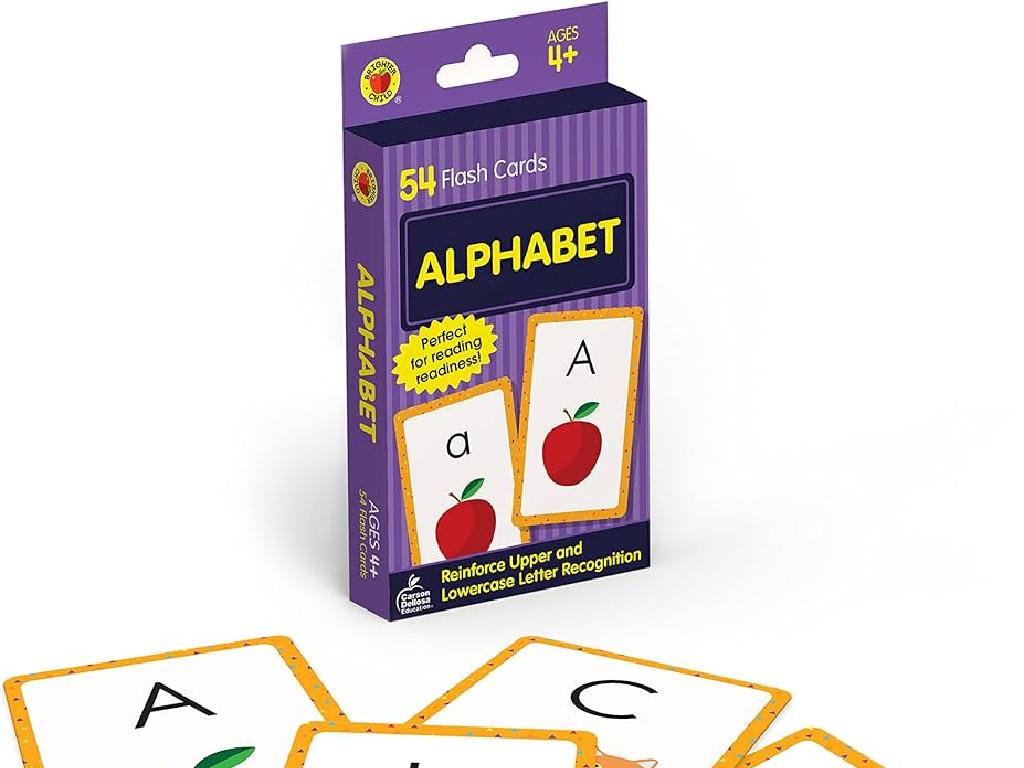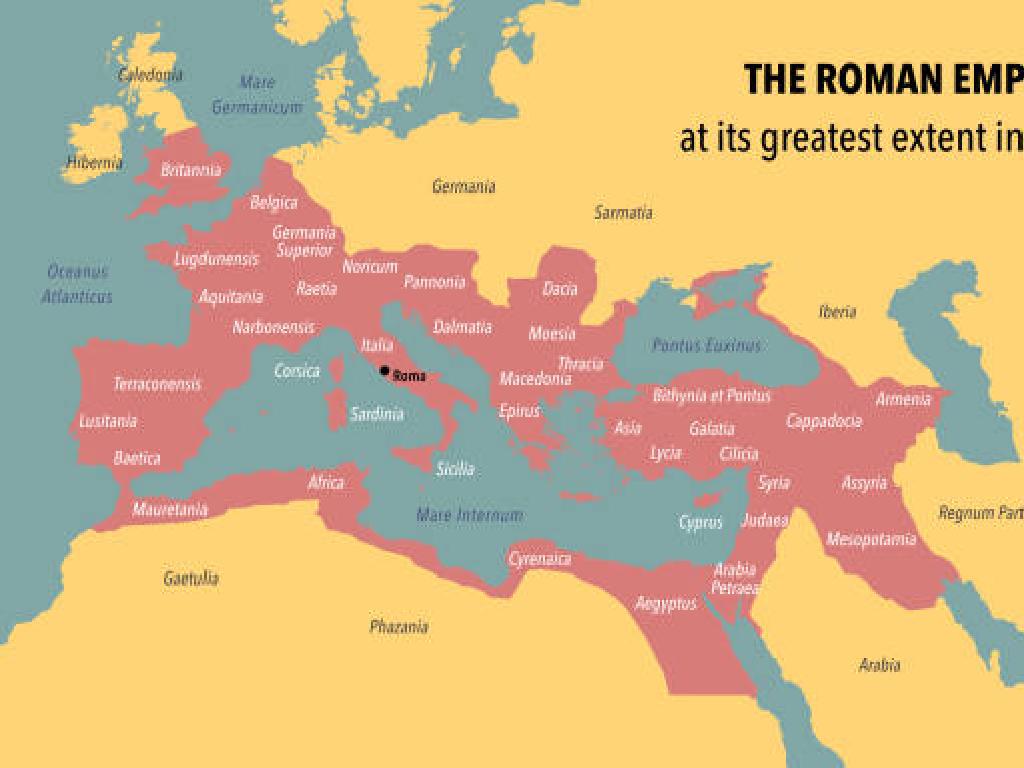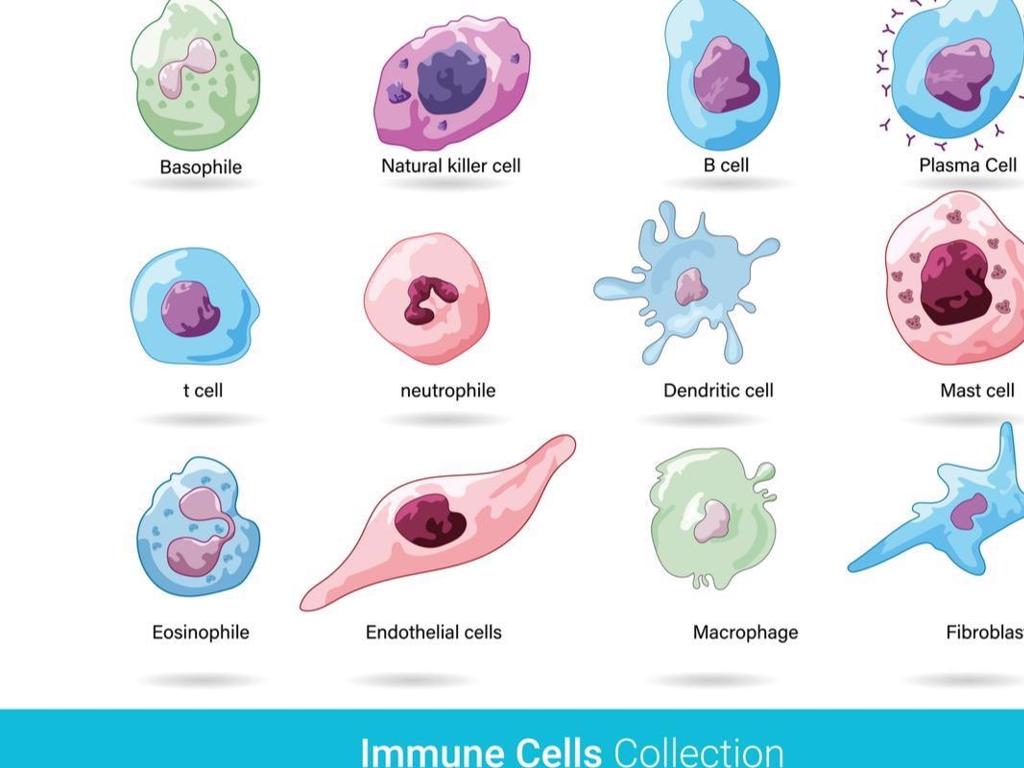Compare And Contrast Characters
Subject: Language arts
Grade: Fourth grade
Topic: Inference
Please LOG IN to download the presentation. Access is available to registered users only.
View More Content
Becoming a Detective in Reading: Introduction to Inference
– What is inference?
– Inference is like being a detective, but for words!
– Using clues in stories
– Clues can be words or pictures that tell us more about the story.
– Be a reading detective!
– Imagine you’re solving a mystery when you read.
– Practice makes perfect
|
This slide introduces the concept of inference as a critical reading skill. Inference is the process of drawing conclusions from clues in the text, without the author telling us directly. It’s like being a detective, where students use hints from the story to understand more about the characters, setting, and plot. Encourage students to look for descriptive words, actions, or feelings that give them clues about the story. As they practice, they’ll become better at ‘reading between the lines’ and understanding deeper meanings in the texts they read. Have students practice with simple examples and gradually move to more complex texts.
Understanding Characters: Similarities and Differences
– Characters: People or animals in stories
– Learn from words, thoughts, actions
– What characters say, think, and do tells us who they are
– Comparing and contrasting characters
– How are two characters alike? How are they different?
– Discovering character traits
– Traits are qualities or features of a character
|
This slide introduces the concept of characters in a story and how we can understand them better by paying attention to their words, thoughts, and actions. Encourage students to think about the characters in their favorite stories and what those characters say, think, and do. This will help them infer traits and qualities of the characters. Discuss how characters can be similar or different, and why comparing and contrasting these characters can lead to a deeper understanding of the story. Use examples from well-known children’s books to illustrate these points. For instance, compare the bravery of Harry Potter with the cunning of Hermione Granger, or the playfulness of Winnie the Pooh with the seriousness of Rabbit.
Comparing and Contrasting Characters
– What does comparing mean?
– Finding similarities between things, like how two friends are both kind
– What does contrasting mean?
– Finding differences between things, like how one friend is quiet and the other is loud
– Comparing characters in stories
– Look for ways characters are alike in the story
– Contrasting characters in stories
– Look for ways characters are different in the story
|
This slide introduces the concepts of comparing and contrasting, specifically applied to characters in a story. When we compare, we are looking for traits or actions that show how characters are similar to each other. When we contrast, we look for traits or actions that highlight their differences. Encourage students to think about the characters’ personalities, behaviors, and relationships. Use examples from familiar stories to illustrate these points. For instance, compare the bravery of two characters or contrast their approaches to solving a problem. This will help students understand and infer the dynamics between characters, which is a key skill in literature analysis.
Clues to Compare and Contrast Characters
– Observe characters’ actions
– Words describing what characters do can show us their personality
– Analyze interactions with others
– How characters treat their friends and family can tell us a lot about them
– Reflect on feelings and motivations
– Characters’ emotions and reasons for acting help us understand them better
– Compare and contrast findings
– Use your observations to discuss how characters are alike and different
|
This slide aims to guide students on how to compare and contrast characters in a story by looking at specific aspects of their behavior and interactions. Encourage students to pay close attention to the text for words that describe what characters do, as these can provide insights into their personalities. Have them observe how characters interact with others, which can reveal their social traits. Discussing characters’ feelings and motivations will help students infer why characters behave in certain ways. Finally, students should use these observations to compare and contrast characters, identifying similarities and differences. This exercise will enhance their critical thinking and analytical skills in literature.
Comparing Characters in Stories
– Read a story excerpt together
– Find similarities between characters
– Look for traits, behaviors, or experiences shared by characters
– Discuss the meaning of similarities
– How do these shared traits inform us about their personalities?
– Reflect on character insights
– Understanding characters helps us connect with the story
|
In this activity, students will practice comparing and contrasting characters within a story to deepen their understanding of character development and relationships. By identifying similarities, students can infer more about each character’s personality and motivations. Encourage students to think about how characters’ shared experiences might affect their actions or feelings. This exercise not only enhances comprehension but also empathy and critical thinking. During the next class, facilitate a discussion where students share their insights, promoting an interactive learning environment.
Contrasting Characters: Spot the Differences
– Observe characters’ differences
– Reflect on what differences reveal
– Differences may show bravery, kindness, or other traits
– Consider impact on the story
– Do they cause conflict or help resolve the plot?
– Discuss with classmates
– Share your thoughts and listen to others
|
This slide aims to guide students in understanding how to contrast characters in a story. Encourage them to look beyond the surface and think about what a character’s differences might indicate about their personality or role in the story. For example, one character might be brave while another is cautious, and these traits can drive the story forward in different ways. Ask students to think about how these differences contribute to the plot’s development or the resolution of conflicts. In the next class, create a discussion where students can share their insights and learn from each other’s perspectives, fostering a deeper understanding of character analysis.
Group Activity: Character Comparison
– Break into small groups
– Each group gets a unique story
– Discuss character similarities
– What traits do characters share?
– Discuss character differences
– How are the characters unique?
|
This group activity is designed to help students practice comparing and contrasting characters, a key skill in understanding literature. Divide the class into small groups, ensuring a mix of abilities in each. Provide each group with a different story, which can be a short story or an excerpt from a larger text. Encourage students to read the story and identify the main characters. Then, guide them to discuss and list the similarities and differences between these characters. Similarities might include traits like kindness or bravery, while differences could be in their actions or choices. Provide a worksheet for students to record their findings. For the teacher: Prepare several stories or excerpts in advance, considering the reading level of your students. Have a list of guiding questions ready to help groups that might struggle to start their discussions. Possible activities for different students could include drawing the characters, writing a summary of their discussion, or creating a Venn diagram to visually represent the similarities and differences.
Presenting Our Character Comparisons
– Each group presents their characters
– Share comparison and contrast methods
– Discuss similarities and differences found
– Class provides feedback on presentations
– Be respectful and constructive with feedback
– Reflect on the learning experience
|
This slide sets the stage for student groups to present their findings on character comparison and contrast. Each group will take turns to explain how they analyzed their chosen characters, focusing on both the similarities and differences they discovered. The rest of the class is encouraged to listen attentively and provide feedback after each presentation. This feedback should be constructive and aim to help peers refine their analysis and presentation skills. As a teacher, facilitate the feedback process to ensure it remains positive and productive. After all presentations, lead a reflection session where students can discuss what they learned from the exercise and how it can be applied to future literary analysis.
Class Activity: Create Your Characters
– Invent two unique characters
– Write a story with both characters
– Use your imagination for names, looks, and personalities
– Highlight similarities and differences
– Are they both brave? Is one funny and the other serious?
– Prepare to share with the class
|
This activity is designed to help students apply their understanding of comparing and contrasting characters in a creative context. Students should use their imagination to come up with two characters, giving them distinct names, appearances, and personalities. They will then write a short story that places the characters in a situation where their similarities and differences are evident. Encourage students to think about character traits, motivations, and responses to situations. For the teacher: Prepare to facilitate sharing in the next class by organizing students into small groups or presenting to the whole class. Consider creating a rubric to assess the stories on creativity, understanding of character comparison, and use of language. Possible variations of the activity could include drawing the characters, creating dialogue between them, or acting out parts of the story.
Wrapping Up: Characters and Inference
– Review comparing and contrasting
– How are characters alike and different?
– Inference deepens character understanding
– Use clues to guess more about characters
– Homework: Practice with a story
– Choose any story and compare characters
– Share your insights next class
|
As we conclude, let’s recap the key points of comparing and contrasting characters, emphasizing how these skills help us gain a deeper understanding of their personalities, motivations, and relationships. Highlight the role of inference in reading between the lines and gathering insights about characters that are not explicitly stated. For homework, students should apply these concepts by reading a story of their choice and practicing comparing and contrasting the characters. Encourage them to think critically about the characters’ actions and words to infer traits and motives. In the next class, we’ll discuss their observations, which will reinforce their analytical skills and foster a richer comprehension of the text.






